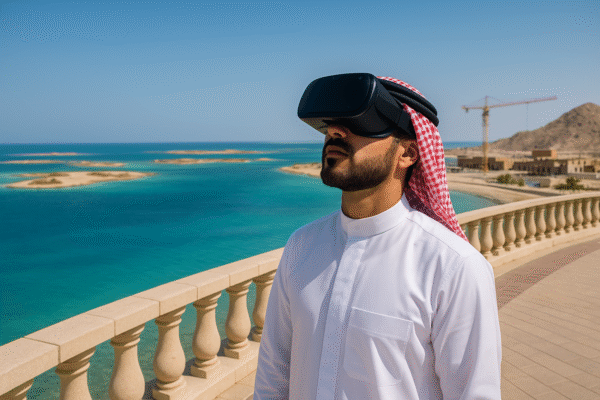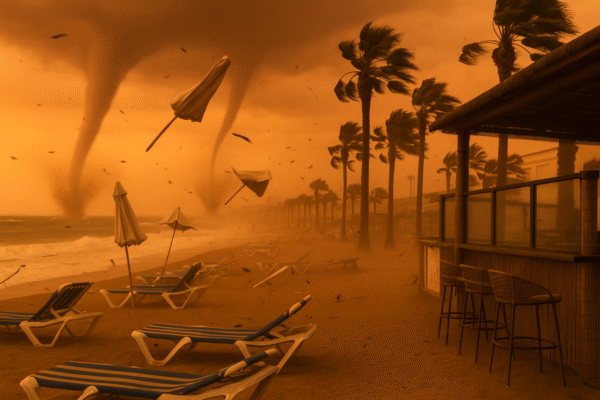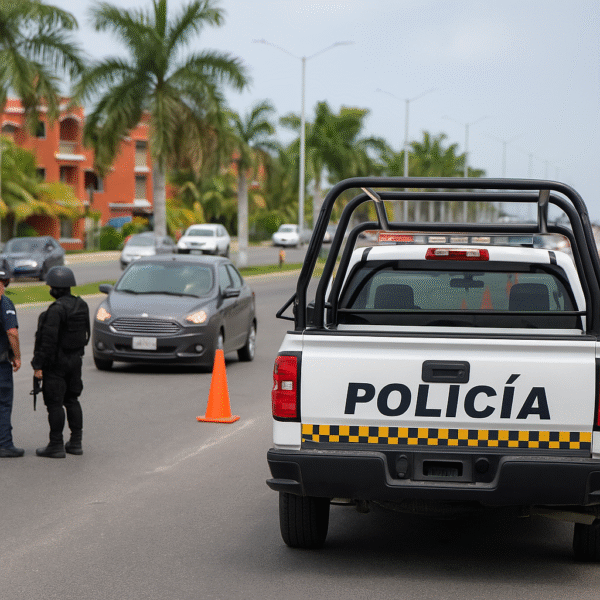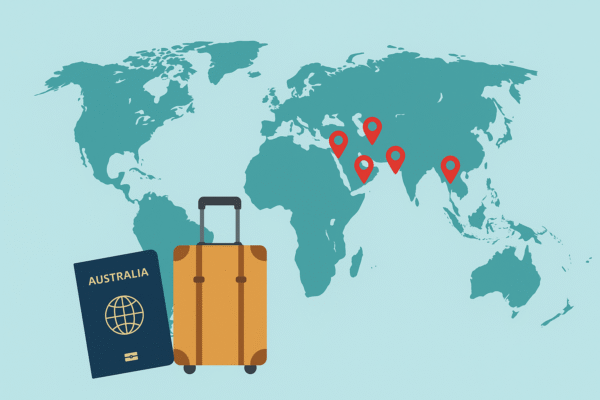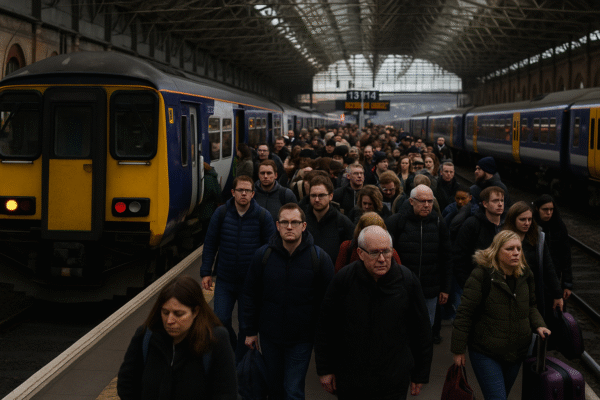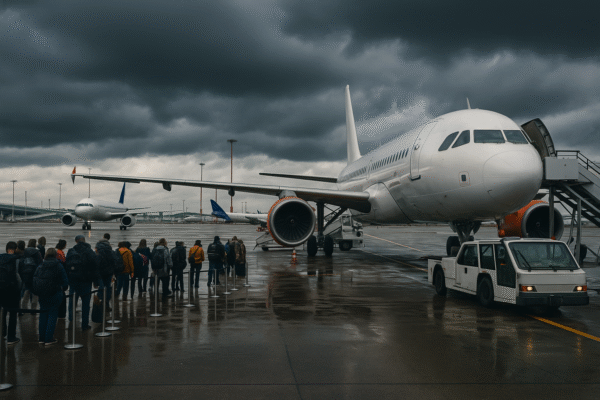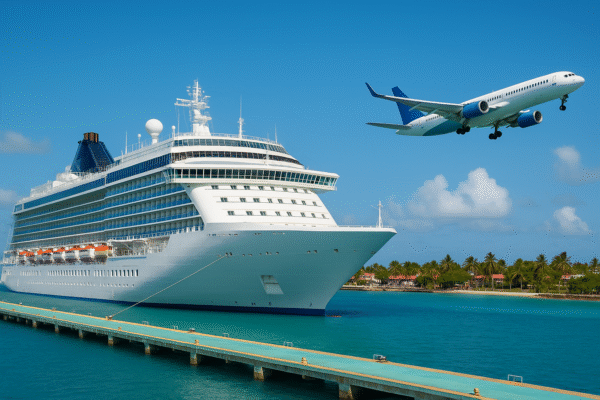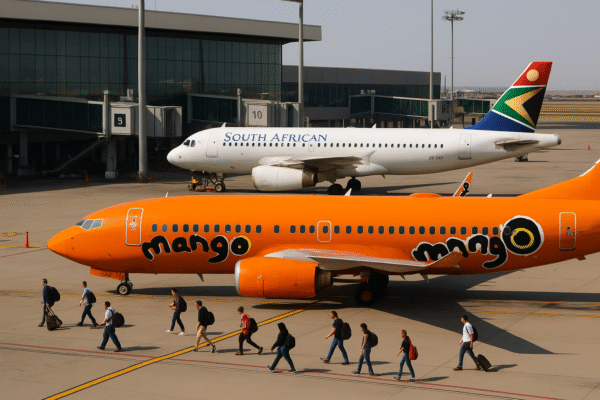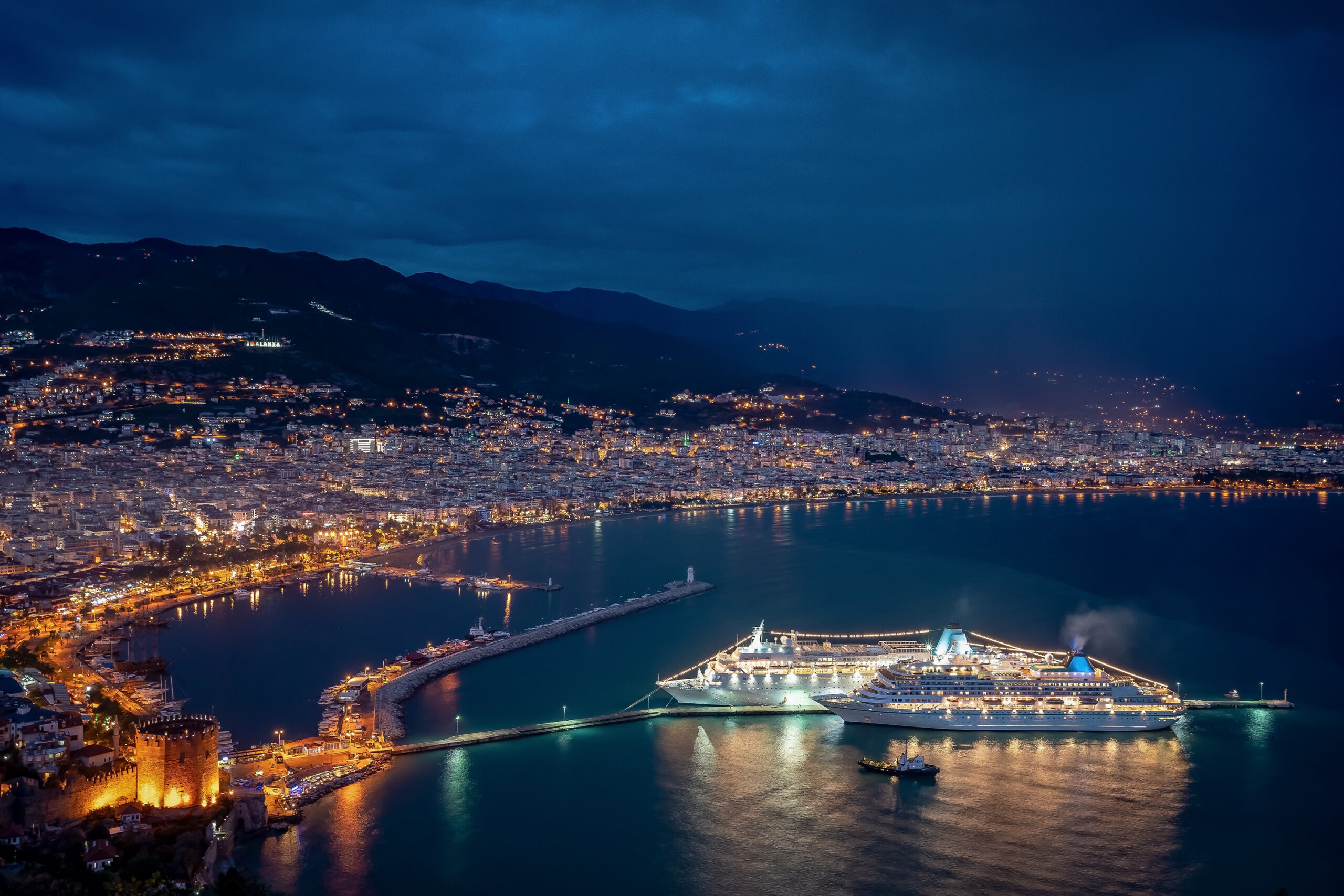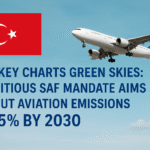Venice, Italy — Europe’s most iconic cruise destinations, from the canals of Venice to the beaches of Santorini and the medieval streets of Dubrovnik, are undergoing a major tourism transformation. In a sweeping response to overtourism, environmental degradation, and strained local infrastructure, European governments are introducing seasonal cruise taxes and stricter port regulations. These measures, while aimed at sustainability, are having a broad ripple effect across the air travel, railway, public transportation, and tour operation sectors.
From Norway’s new cruise passenger levy to Greece’s €20 per-person port tax, these policy shifts are shaping a new travel landscape that prioritizes sustainable tourism and regional preservation. Yet the evolution of cruise tourism in Europe is not happening in isolation—it is actively transforming how millions of travelers navigate the continent.
Europe’s Cruise Tax Landscape: A Push for Sustainability
Cruise tourism has long been a double-edged sword for European destinations. While it boosts local economies, it often overwhelms cities not built to handle massive, daily tourist influxes. In response, cities are taking assertive action:
- Greece will implement a seasonal cruise tax starting summer 2025:
- €20 per passenger at Mykonos and Santorini during peak months
- Lower fees during shoulder and off-peak seasons
- Norway introduced a 3% cruise tax in 2024, applied by municipalities to relieve pressure on fragile environments and public services.
- Cannes, France is enforcing daily caps of 6,000 cruise passengers, alongside limiting large cruise ship arrivals.
- Venice banned cruise ships over 25,000 gross tons from entering the Giudecca Canal in 2021, rerouting them to Porto Marghera.
- Barcelona and Amsterdam have moved to reduce cruise ship docking rights or, in Amsterdam’s case, to phase out cruise tourism entirely by 2035.
These efforts are underpinned by a growing commitment across the European Union to meet climate and sustainability targets, placing tourism management high on the agenda.
How Cruise Policies Are Reshaping Air Travel
As cruise access is restricted, many travelers are turning to air travel to reach Mediterranean and Aegean destinations. Airports in Venice, Dubrovnik, and Palma de Mallorca have reported a noticeable uptick in passenger volumes during summer months, largely attributed to displaced cruise travelers.
However, this shift also presents new challenges:
- Airports face overcrowding during peak seasons, stretching terminal services and increasing wait times.
- Airfares are rising on popular short-haul routes due to increased demand.
- The carbon footprint of travel grows, as air travel emits more greenhouse gases per capita than cruise or rail alternatives.
These dynamics are pressuring governments to enhance airport infrastructure while re-evaluating their broader environmental strategies.
European Rail Networks Under Increased Pressure
Europe’s world-class rail system, long promoted as an eco-friendly alternative to air travel, is also seeing rising demand as cruise tourism declines in key ports. Tourists are increasingly booking rail routes to explore Rome, Florence, Paris, or Madrid, especially via services like Italy’s Trenitalia or Spain’s Renfe AVE.
Yet this boom comes with complications:
- Ticket prices have surged during high-demand periods.
- Overcrowding and delays are more common on key routes serving tourism hotspots.
- Rail infrastructure upgrades are needed to meet increasing passenger volumes sustainably.
EU transport authorities may need to fast-track investments in rail capacity, ticketing platforms, and multilingual accessibility to keep pace with this tourism shift.
Strain on Local and Public Transport Systems
As large cruise groups opt for land-based exploration, pressure is mounting on urban public transport systems. Cities like Venice, already facing congestion on its waterbuses, are struggling to accommodate surges in visitors arriving via other transport modes.
Impacts include:
- Overcrowded buses and trams in major tourist cities
- Delays and service disruption for local residents
- Maintenance backlogs on aging transport fleets
Some municipalities are addressing these issues by introducing sustainable upgrades, such as electric buses, bike-sharing schemes, and dedicated tourist shuttle services—but implementation remains uneven across Europe.
Tour Operators Rethink Business Models
Local tour operators, many of whom built their business around large cruise arrivals, are now forced to adapt. The reduced foot traffic from cruise disembarkations is prompting a pivot toward independent travelers, who seek:
- Small-group tours
- Cultural immersion experiences
- Eco-conscious travel itineraries
This shift represents both a challenge and an opportunity for tourism entrepreneurs to reposition their offerings toward sustainability-conscious audiences.
Smaller Ships and Alternative Ports on the Rise
The cruise industry itself is adjusting to Europe’s new tourism realities. Many cruise lines are investing in smaller, eco-friendly ships that comply with new port requirements and are better suited for less congested harbors.
Additionally, cruise itineraries are increasingly featuring alternative ports like:
- Kotor, Montenegro
- Zadar, Croatia
- La Spezia, Italy
- Alesund, Norway
These emerging destinations offer travelers authentic cultural experiences and relaxed settings, while diverting traffic from overtouristed hubs.
Freight Transport Also Feels the Shift
Port adjustments to accommodate fewer cruise ships are indirectly affecting freight and commercial shipping. As cruise berths are vacated or restructured, container traffic flow changes, and in some cases, port revenue drops in areas heavily reliant on cruise tourism.
While freight may benefit from increased access, port authorities must now balance commercial logistics with sustainable tourism goals, adjusting their long-term planning accordingly.
Moving Toward a Greener European Travel Model
Despite short-term disruptions, Europe’s transition to a more sustainable tourism model is widely viewed as necessary. The cruise taxes and port restrictions are not anti-tourism—they’re pro-preservation.
For travelers seeking to reduce their environmental footprint, viable options include:
- Booking cruises on smaller, hybrid-powered ships
- Exploring coastal regions by ferry and rail
- Traveling during shoulder or off-peak seasons
- Supporting local businesses and eco-certified tours
By aligning their travel habits with sustainability goals, visitors can still experience the best of Europe without contributing to the very problems these destinations are trying to solve.
For more travel news like this, keep reading Global Travel Wire


